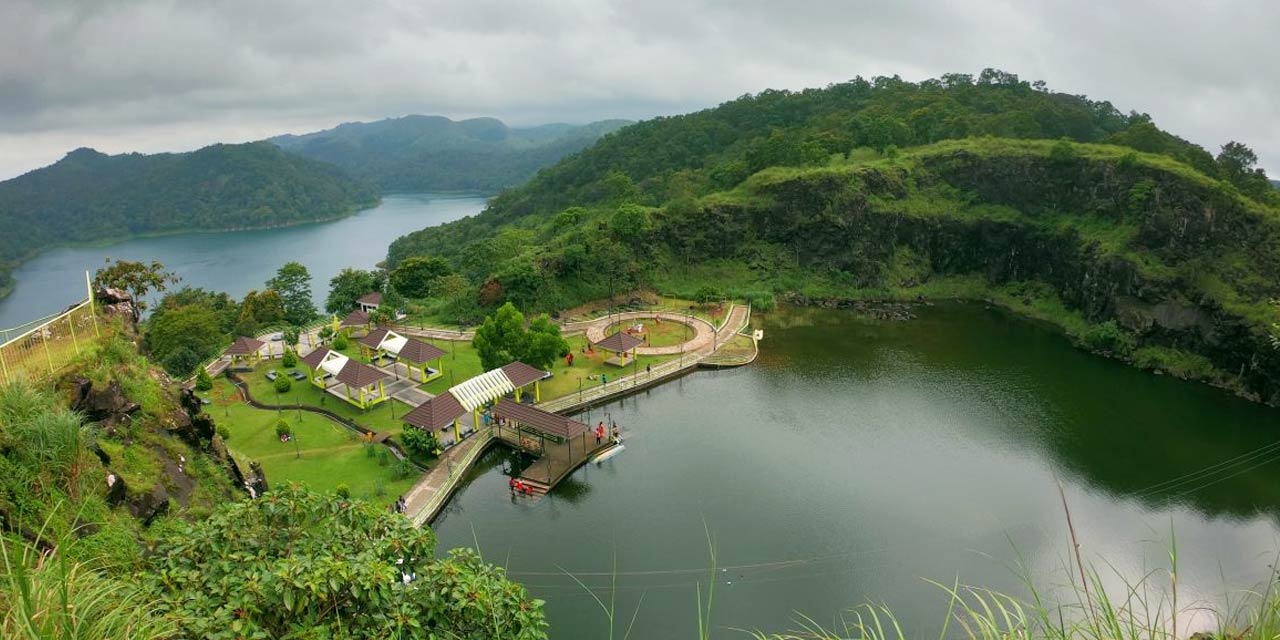The island nation of Malta, nestled in the heart of the Mediterranean, has long been admired for its rich history, stunning coastline, and vibrant culture. Despite its small size, Malta boasts some of the world’s most fascinating landmarks, blending prehistoric temples, medieval cities, and breathtaking beaches into a compact destination. As more travelers seek authentic and diverse experiences in 2025, Malta stands out as a destination that offers both ancient wonders and modern charm. Here are the six best places to visit in Malta this year.
1. Valletta – The Elegant Capital
No trip to Malta is complete without exploring its capital city, Valletta. This UNESCO World Heritage Site is often described as an open-air museum, thanks to its grand Baroque architecture, fortifications, and palaces. Built by the Knights of St. John in the 16th century, Valletta is one of Europe’s smallest capitals but packed with history.
Highlights include St. John’s Co-Cathedral, with its ornate interior and Caravaggio masterpieces, the Grandmaster’s Palace, and the stunning Upper Barrakka Gardens, which offer panoramic views of the Grand Harbour. Today, Valletta is not just about history—it’s also a cultural hub filled with theaters, cafes, and boutique shops that showcase the island’s creative side.
2. Mdina – The Silent City
Known as the Silent City, Mdina is a medieval walled town perched on a hilltop in central Malta. Once the island’s capital, Mdina has preserved its old-world charm, with narrow winding streets, noble palaces, and a quiet, timeless atmosphere.
The highlight is St. Paul’s Cathedral, a stunning example of Baroque architecture, and the Mdina Dungeons, which reveal stories of Malta’s darker past. Walking through the city feels like stepping back in time, with horse-drawn carriages and lantern-lit streets enhancing the experience. From its ramparts, visitors enjoy sweeping views of the island, making Mdina one of Malta’s most magical destinations.
3. The Blue Lagoon, Comino
For those seeking natural beauty, the Blue Lagoon on the tiny island of Comino is one of Malta’s crown jewels. Famous for its crystal-clear turquoise waters, this lagoon is perfect for swimming, snorkeling, and diving. The shallow, calm waters make it ideal for families, while adventurers can explore caves and hidden inlets nearby.
During summer, the Blue Lagoon can get crowded, so visiting in the early morning or offseason months offers a more tranquil experience. The stunning contrast between the white sandy seabed and the vibrant waters creates a postcard-perfect view that has made the lagoon world-famous.
4. Gozo – Island of Legends
The second-largest island in the Maltese archipelago, Gozo, offers a more rural and laid-back charm compared to mainland Malta. It’s often associated with legends, including its ties to Homer’s Odyssey, where Gozo is thought to be the mythical island of Ogygia.
Gozo is home to the Ggantija Temples, a UNESCO World Heritage Site older than the Egyptian pyramids. Nature lovers will enjoy the island’s rugged coastline, picturesque villages, and hiking trails. The capital city, Victoria, boasts the Cittadella, a historic fortress offering panoramic views. Gozo also offers excellent diving opportunities, with famous sites like the Blue Hole attracting divers from across the globe.
5. Marsaxlokk – The Fishing Village
For a taste of authentic Maltese culture, the fishing village of Marsaxlokk is a must-visit. Located in the southeast of Malta, it is best known for its colorful luzzu boats, decorated with the traditional “Eye of Osiris” symbol believed to ward off evil.
Every Sunday, the village hosts a bustling fish market where visitors can sample freshly caught seafood and shop for local crafts. The waterfront is lined with traditional restaurants serving Maltese delicacies such as octopus stew and lampuki pie. Marsaxlokk combines charm, tradition, and excellent food, making it one of the most memorable places in Malta.
6. Ħal Saflieni Hypogeum
For travelers interested in archaeology, the Ħal Saflieni Hypogeum is an extraordinary site. This underground burial complex, dating back over 5,000 years, is one of the world’s most significant prehistoric monuments. Spread over three levels, the Hypogeum was used for ritual purposes and as a necropolis, with chambers carved out of limestone.
Its design includes features like the “Oracle Room,” believed to have acoustic properties for ceremonial chants. Due to its fragility, access is limited, and only a small number of visitors are allowed daily, so booking in advance is essential. The Hypogeum offers a rare chance to connect with Malta’s prehistoric past in a deeply immersive way.
Why Visit Malta in 2025?
Malta is not just about history and heritage; it has also become a destination for modern experiences. With a growing focus on eco-tourism, improved infrastructure, and cultural festivals, the island is attracting a wider range of travelers. In 2025, visitors can expect a vibrant calendar of music, food, and art events, alongside continued preservation of its UNESCO sites and natural wonders.
Its location in the Mediterranean makes Malta easily accessible from Europe, and with year-round sunshine, it offers an excellent destination whether you’re planning a summer holiday or a winter escape.









